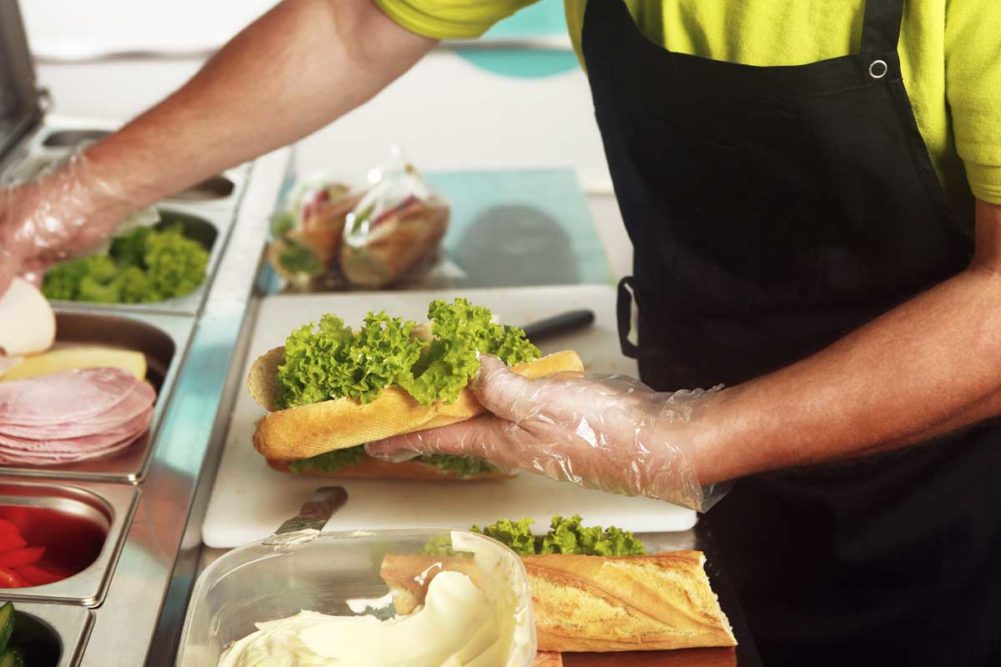The foodservice segment is getting hit hard by the coronavirus (COVID-19) pandemic. That is not a surprise. What did surprise Joe Pawlak, managing principal at Technomic, was just how much the hit will hurt.
“This will be the worst year by far for the foodservice industry since we started tracking it in 1969,” he said. “The worst was in 2009, when we saw a 1% decline overall during the financial crisis.”
The research firm estimates that the impact to year-over-year growth for foodservice in 2020 will range from a 11% to 27% decline. As of March 23, Technomic reported that only eight states in the United States were not issuing statewide dining restrictions, while most had completely closed dine-in as an option.
As the pandemic progresses, consumers’ willingness to eat out has diminished. Technomic found that from March 6 to March 13, consumers who said they would not go out to eat as often increased by 21%. Instead they are turning to delivery and drive-thru. Twenty-five percent said they will order more restaurant delivery on March 13, as compared to 13% March 3. Twenty-seven percent said they will order more food from the drive-thru. Delivery and drive-thru aren’t going to make up the difference for foodservice operators, however.
“First, not all operators are even offering delivery today,” Mr. Pawlak said. “Secondly, delivery can be a much more expensive proposition for consumers when you take into account delivery fees, higher priced menu items and such. And thirdly and maybe most importantly, dining in a restaurant represents a much different occasion than getting food through delivery or even takeout. When people go out to eat, they often want to unwind, be entertained, enjoy company and socialize, which can’t be replicated with delivery.”
Those who find success will be the ones that successfully do pivot toward carryout and delivery options through apps like DoorDash and Grubhub, which announced they are eliminating, suspending or reducing commission fees for restaurants during closures. Not all restaurants are poised to do carryout well, though.
“The biggest challenge for operators is how to make their products and menu offerings exhibit the same quality, visual and most importantly, food safety attributes as they would have if served on premise,” Mr. Pawlak said. “Not all foods travel well, and getting involved in delivery without knowing what works and what doesn’t can be detrimental to an operator’s business.”
As commercial bakers look to support their foodservice customers, Mr. Pawlak suggested transparency is the best balm.
“Let customers know everything you are doing to keep your own employees and their supply chain intact during this difficult time,” he said. “Secondly, be empathetic to their situations and offer, as best as one can, any relevant fire-fighting, troubleshooting or solution-mining assistance.”






